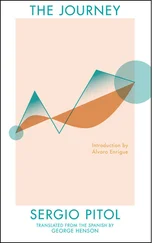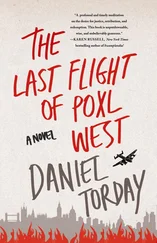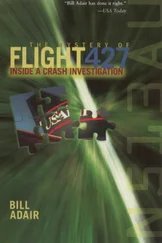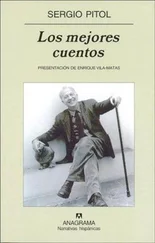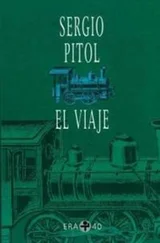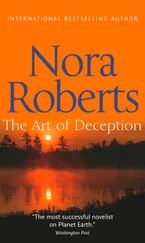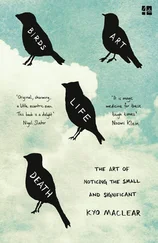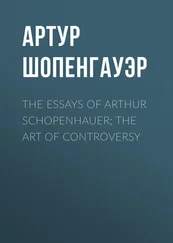4 FEBRUARY
His admiration for Kafka is constantly growing. In April 1935, Mann writes, “I resumed reading Kafka’s Metamorphosis . I would dare say that Kafka’s legacy represents the most brilliant German prose written in the past decades. Is there anything in German that is not mere provincialism alongside him?”
5 FEBRUARY
Mann’s characters embody the greatness of our species: Joseph, Jacob, biblical heroes; Goethe; a medieval pope who becomes a saint; Adrian Leverkühn, a composer who transforms contemporary music. They are all eagles who soar in the highest heaven. Kafka’s, on the other hand, barely have names, some only receive an initial. They move through streets as oppressive as the sewer drains. They move like moles, puppets, sleepwalkers. Mann is the subject of tributes attended by heads of state, crowned heads, hundreds of prestigious guests. Kafka meets with a few close friends in café Arco, a modest locale in Prague. The thought that someone might host a banquet in his honor could only occur to him in a fever-induced dream. Mann! Kafka! Everything between them would seem to belong to different worlds. But in the world of great literature profound coincidences are often recorded. Those differences that the idle and foolish delight in pointing out are almost always superficial. Art, when it is worthy of receiving that name, is a testament to having reached its ultimate limit, of reaching resolutely the goal that bears the sign of the extreme. Mann dixit .
Xalapa, February 1995

22 Translated by Richard and Clara Winston
23 Translated by Linda Asher
24 This entry is missing from the English translation. —Trans.
25 Translated by Richard and Clara Winston
26 Translated by Linda Asher
Jorge Luis Borges writes in a preface to Marcel Schwob’s The Children’s Crusade : “At the beginning of the twelfth century, two expeditions of children departed Germany and France. They thought they could cross the sea unharmed. Did not the words of the Gospel authorize and protect them? ‘Let the children come unto me and forbid them not’ (Luke 18:16). Had not the Lord declared faith is enough to move a mountain (Matthew 17:20)? Hopeful, ignorant, happy, they set out to the ports of the South. The foretold miracle did not happen. God allowed the French column to be kidnapped by slave traders and sold in Egypt; the German one became lost and disappeared, devoured by barbaric geography and (it is surmised) by plagues.”
Borges cites, as a precursor of the narrative form chosen by Schwob, The Ring and the Book , by Robert Browning, “a long narrative poem that reveals through twelve monologues the intricate history of a crime, from the point of view of the murderer, his victim, the witnesses, the defense attorney, the prosecutor, the judge, even Robert Browning,” a device widely used before and after by the English novel. I could immediately cite an extensive list of titles employing the same analytical method, where the reader looks over a series of monologues in his eagerness to elucidate a specific mystery. The cast of characters includes some who are directly implicated in that mystery, not necessarily involving a criminal act (it can refer to an obscure relationship, a hard to explain friendship, the secret rites of a religious sect, many other activities). Wilkie Collins ingeniously employed that architecture in The Moonstone and created a canon from which the majority of this century’s detective novels draw. The characters that produce these particular versions can be reliable, uncertain, or unreliable; the first utilize all their resources in an attempt to arrive at the truth; the others persist in corrupting, impeding, and distorting that process. Ultimately, in good or bad faith, every witness is in some way unreliable. Even the most upright, scrupulous one ends up contaminating his version with his own emotional baggage, his philias and phobias, or simply because he occupies a specific position relative to the incident about which he must give witness. Consider Emily Brontë and Wuthering Heights , where even the well-intentioned characters, even when attempting to explain it, assist in confusing an already too intricate story. Closer to our time, these suspicious truths, oblique and conjectural, become more obscure due to the complexity of modern narrative forms. In Akutagawa’s Rashomon , Faulkner’s The Sound and the Fury , and Juan Rulfo’s Pedro Páramo the reader is forced to continually reconstruct a plot that is constantly changing, in which the apparent certainties that any of the protagonists allows you to anticipate are partially or completely invalidated by the testimony of the next.
In The Children’s Crusade , that perfect hallucination by Marcel Schwob, each monologue is followed by a more intense and disturbing one: they are the voices of those who make up the long column marching toward the liberation of the Holy Sepulcher, and also those of some characters related to it in one way or another. We hear the voice of popes, lesser clergy, and merchants, of children, and a leper. From this disharmony a song of innocence is born, at the same time one of its counterpoints insinuates a suspicion of that innocence. It is a story that contradicts at every moment its unassuming appearance. The language is stripped of any hint of opulence, any desire for ornamentation, in search of an essential nakedness, without damaging at any moment its extreme elegance. The sudden appearance of blind and mute children, of leprous witnesses, in this march that takes place amid pious songs, assimilates the cruelty of the world and its sacred character into a single vision. The leper’s monologue is perhaps the most fantastic prize that reading has ever given me. I have read this wonderful story by Schwob countless times, and when I arrive at the leper’s words, I am as amazed and moved as intensely as the first time. The mystery encapsulated in those two pages occurs, I imagine, by the brush of the monstrous and redemption, or of abjection and grace. This is undoubtedly the result of a process of verbal alchemy, a symbolist vision awash in astrological flourishes. It is well known that Schwob was a symbolist writer, but he was also a theosophist. The essential material of The Children’s Crusade seems to have been collected and amassed in a secret path between the twenty-two paths that lead to the Tree of Life .
In 1959 a contemporary version of The Children’s Crusade was published in Poland. Its author, Jerzy Andrzejewski, a stranger to the symbolist aesthetic as well as to any theosophical temptation, managed to create with this ancient topic a monologue of extreme tension whose linguistic core is even more impenetrable than that of Schwob’s story. The publication of this novel represented a challenge at the time. The refined stylization of form, his stubborn refusal to make concessions to the reader, was the clearest expression of rejection of the official aesthetic. And although it is true that Andrzejewski had not previously succumbed to the inanities of socialist realism, such a departure stunned the Polish intellectual community, not to mention the censors and Party ideologues. Moreover, the intense homoerotic current that sustains the novel angered many sectors, both Party officials and conservatives. Two years earlier, in 1957, another of his novels, The Inquisitors , had provoked heated debate. It was a bold invective against Stalinist terror and intimidation. Thereafter, Andrzejewski became an uncomfortable presence for many Poles. He did not seek to flatter the government or the Church. His courage seemed suicidal, the proof of which was not only these novels but also his many outbursts, both public and private, his statements, and the documents that carried his signature.
Читать дальше


